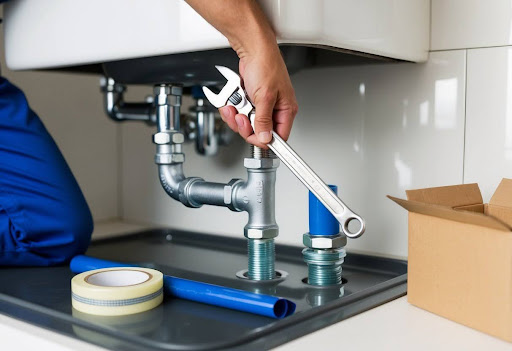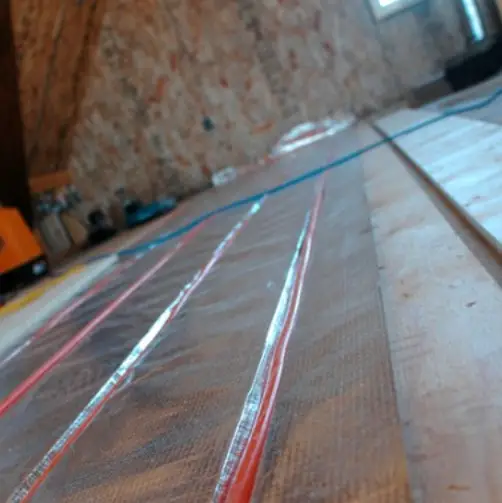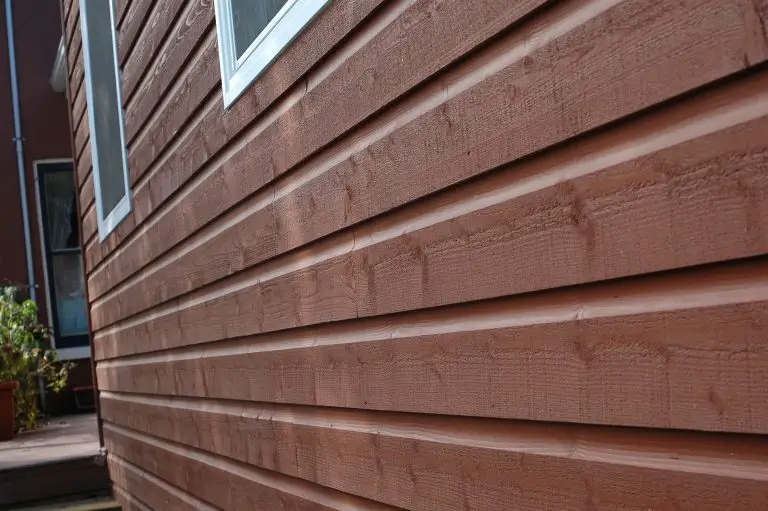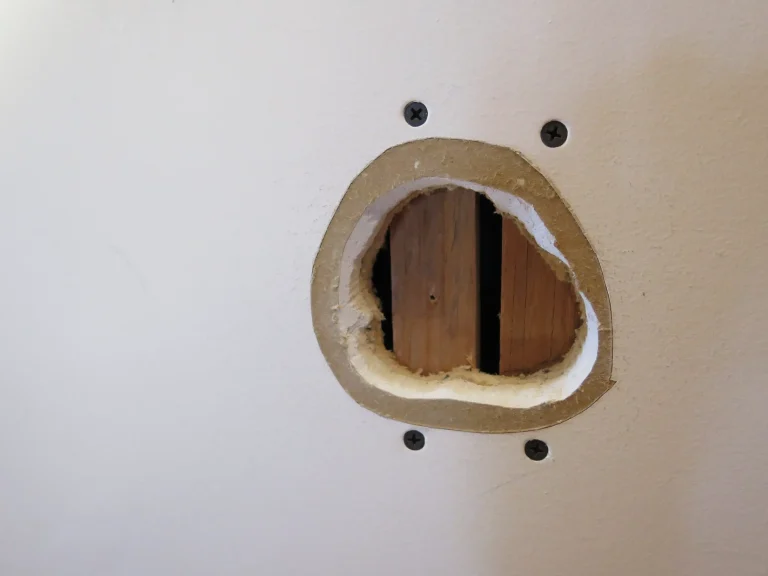Revamping home plumbing doesn’t have to be a daunting task reserved for professionals. Rather than go with a Las Vegas plumbing company, with the right tools and guidance, anyone can tackle certain plumbing upgrades themselves. DIY-friendly plumbing projects not only help save money but also offer a sense of accomplishment.

Simple upgrades can enhance both the functionality and aesthetics of a home. Projects like installing a new faucet, updating showerheads, or adding water filtration systems are manageable for most homeowners. These changes can improve water efficiency and overall satisfaction with one’s living space.
Learning about various DIY plumbing upgrades empowers homeowners to make informed decisions. By understanding basic concepts and techniques, they can complete projects that contribute to a home’s value and comfort.
Understanding Your Plumbing System
A plumbing system is essential for any home, allowing for efficient water delivery and waste removal. Recognizing the different components and materials can help in executing effective DIY plumbing upgrades.
Components and Functionality
A typical plumbing system consists of several key components: pipes, valves, fixtures, and appliances. Pipes transport water to fixtures such as sinks, showers, and toilets. Valves are crucial for controlling water flow and isolating sections of the plumbing for repair.
Fixtures include items like faucets and showerheads, which allow users to access water. Appliances such as water heaters and dishwashers require water supply and drainage connections. Understanding these components can streamline DIY repairs and upgrades.
Common Plumbing Materials
Plumbing systems utilize a variety of materials, each with specific properties. Copper and PVC (Polyvinyl Chloride) are popular due to durability and ease of installation. Copper is often used for water supply lines due to its corrosion resistance. PVC, on the other hand, is widely used in drain, waste, and vent (DWV) systems for its lightweight nature and low cost.
PEX (Cross-linked Polyethylene) is another common material, favored for its flexibility and resistance to scale and chlorine. Identifying these materials can help determine suitable options for repairs and new installations, ensuring compatibility and longevity.
Key Upgrades for Enhanced Performance
Investing in certain plumbing upgrades can significantly boost efficiency and effectiveness. Key areas include implementing high-efficiency fixtures, utilizing advanced piping solutions, and incorporating automation technology.
High-Efficiency Fixtures
Upgrading to high-efficiency fixtures can substantially reduce water usage without sacrificing performance. Examples include low-flow toilets, which use less than 1.6 gallons per flush compared to the old standard of 3.5 gallons.
Low-flow showerheads are another option, capable of delivering decent water pressure even while using less water. These devices often incorporate aerators that maintain excellent water flow while conserving resources. Water-efficient faucets with flow restrictors can cut usage by up to 30%, helping homeowners save on both water bills and energy.
Advanced Piping Solutions
Modernizing your plumbing with advanced piping solutions can improve the entire system’s efficiency. PEX piping, known for its flexibility and durability, offers a simpler and faster installation compared to traditional copper pipes. This not only reduces labor costs but also minimizes potential leaks over time.
PVC options are also popular. It’s lightweight and corrosion-resistant. Making the right piping choice depends on specific needs, balancing installation ease with long-term reliability.
Automation in Plumbing
Integrating automation into plumbing systems maximizes efficiency and convenience. Smart leak detectors can instantly alert homeowners to any water escaping from pipes, reducing potential damage and expensive repairs.
Programmable thermostats for water heaters help optimize energy usage, heating water only when necessary. Touchless and smart faucets offer precise control over water flow and temperature, adding convenience while promoting water conservation. Automation can be a game-changer for those seeking to modernize and streamline their plumbing systems.
Step-By-Step DIY Installation Guides
For those looking to tackle plumbing projects themselves, this guide covers key installations like faucets, showerheads, and dual-flush toilets. From tools required to detailed steps, these instructions aim to bring success to DIY enthusiasts.
Installing a New Faucet
The process of installing a new faucet begins with gathering the necessary tools: a basin wrench, adjustable wrench, and plumber’s tape. First, ensure the water supply is turned off to avoid any leaks. Next, remove the old faucet by loosening the nuts underneath the sink with the basin wrench.
Once removed, clean the sink surface where the new faucet will sit. Position the new faucet into the designated holes, aligning it correctly. Secure it by tightening the nuts underneath with the adjustable wrench. Finally, connect the water supply lines, applying plumber’s tape to threads to ensure a tight seal. Test for leaks by turning the water supply back on and inspecting the connections.
Replacing Your Shower Head
Replacing a showerhead is one of the simpler DIY tasks. Start by unscrewing the existing shower head using an adjustable wrench. If it’s stubborn, wrap a cloth around it to prevent damage, and apply gentle pressure.
With the old shower head removed, clean the threads on the shower arm. Wrap new plumber’s tape around the threads, which helps create a watertight seal. Next, screw on the new showerhead by hand. Ensure it’s tightened sufficiently to prevent leaks without overtightening. Turn on the water to check for any drips. If necessary, adjust and retighten until the showerhead is secure.
Upgrading to a Dual-Flush Toilet
Switching to a dual-flush toilet is environmentally beneficial and can reduce water usage. Begin by shutting off the water supply and flushing the toilet to empty the tank. Remove the tank lid and disconnect the water supply line from the tank.
Unscrew the nuts securing the toilet to the floor, and lift the base off the waste pipe. Clear old wax from the flange before placing a new wax ring on the base of the new toilet. Align and secure the new toilet to the flange using bolts. Once in place, reconnect the water supply line and turn on the water. Adjust the flush system according to the manufacturer’s instructions for optimal performance.












